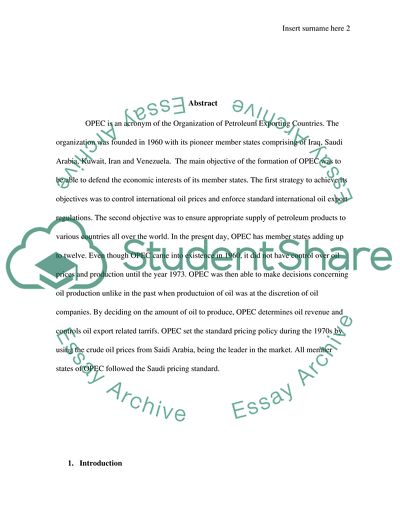Cite this document
(Organization of Petroleum Exporting Countries Research Paper, n.d.)
Organization of Petroleum Exporting Countries Research Paper. Retrieved from https://studentshare.org/politics/1797745-opec-organaization-research
Organization of Petroleum Exporting Countries Research Paper. Retrieved from https://studentshare.org/politics/1797745-opec-organaization-research
(Organization of Petroleum Exporting Countries Research Paper)
Organization of Petroleum Exporting Countries Research Paper. https://studentshare.org/politics/1797745-opec-organaization-research.
Organization of Petroleum Exporting Countries Research Paper. https://studentshare.org/politics/1797745-opec-organaization-research.
“Organization of Petroleum Exporting Countries Research Paper”, n.d. https://studentshare.org/politics/1797745-opec-organaization-research.


